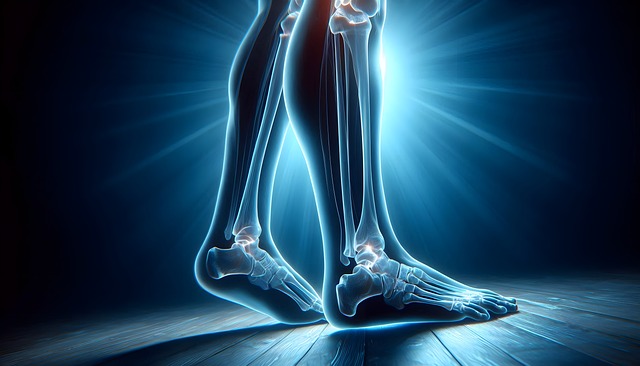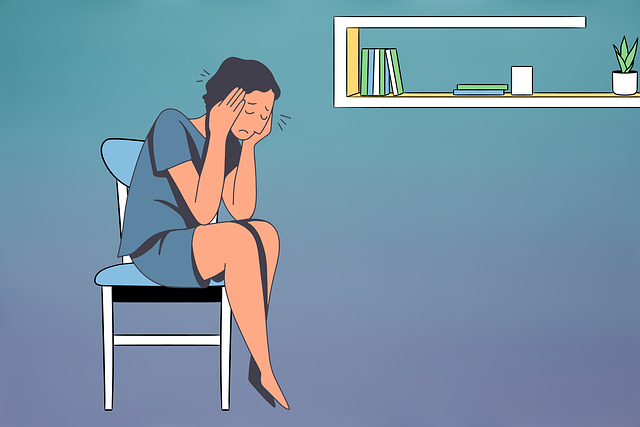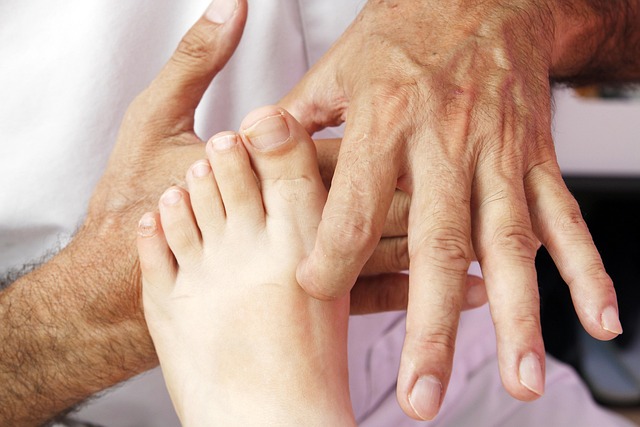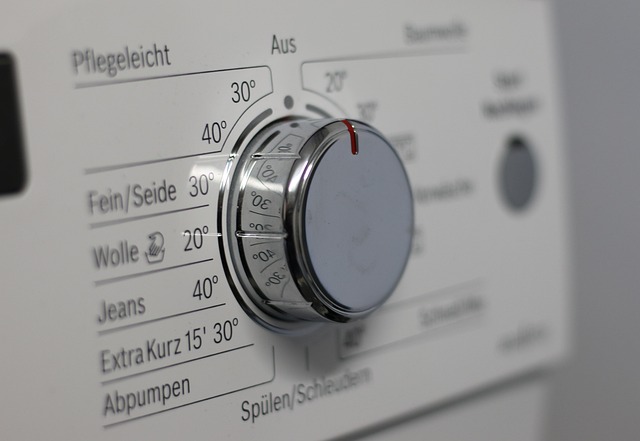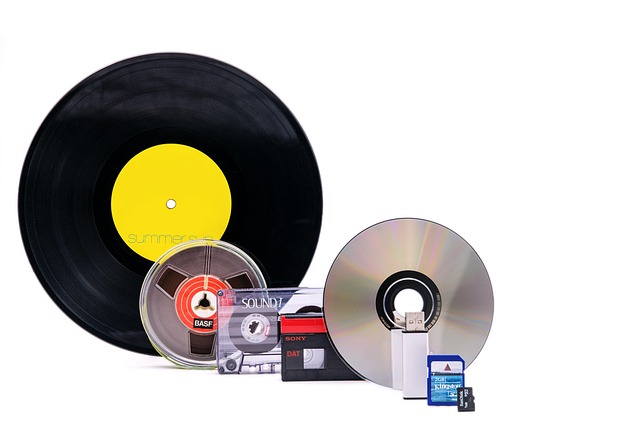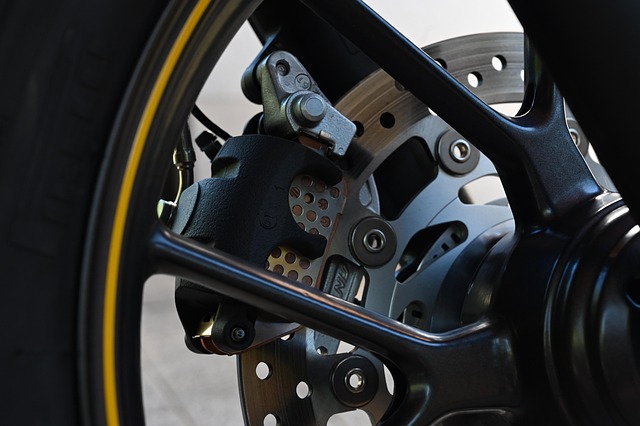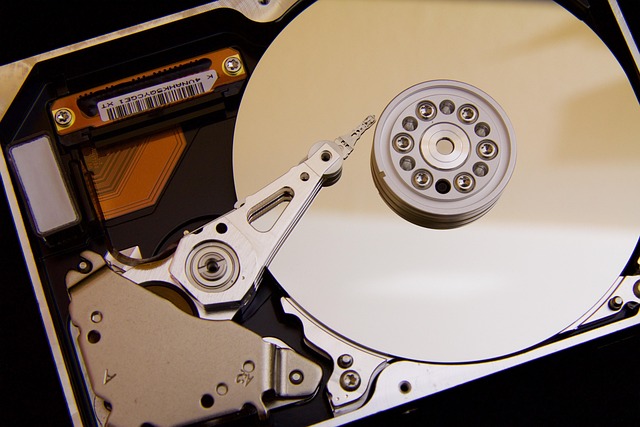Chiropractic Management after a rear-end collision is an effective treatment for herniated or slipped discs. Chiropractors diagnose and adjust the spine using techniques like spinal manipulation and joint mobilization to reduce nerve pressure, promote healing, and improve mobility. Personalized treatment plans help patients manage pain, prevent further damage, and regain daily activities, focusing on adjustments, exercises, lifestyle changes, and preventive measures such as good posture, low-impact exercise, and ergonomic supports.
After a rear-end collision, understanding how to heal slipped discs effectively is crucial. This comprehensive guide explores chiropractic management as a key approach to treating herniated discs resulting from car crashes. We delve into assessing and diagnosing these injuries, along with evidence-based treatment strategies designed to promote healing and prevent future complications. By the end, you’ll be equipped with insights into navigating post-crash care through chiropractic management.
- Understanding Chiropractic Management for Herniated Discs Post-Car Crash
- Assessing and Diagnosing Slipped Discs After a Rear-End Collision
- Effective Treatment Strategies for Healing and Preventing Future Injury
Understanding Chiropractic Management for Herniated Discs Post-Car Crash
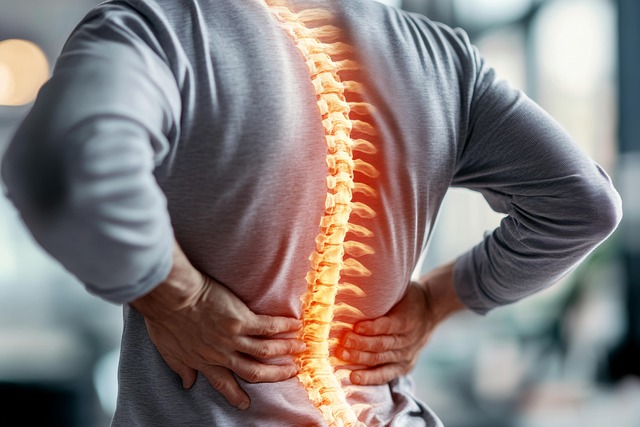
After a rear-end collision, many individuals suffer from herniated or slipped discs in their spine. Chiropractic management is a common and effective approach to treating these injuries. Chiropractors specialize in diagnosing and adjusting the spinal column, aiming to alleviate pain and restore functionality.
Chiropractic care for herniated discs involves various techniques such as spinal manipulation, joint mobilization, and muscle relaxation therapies. These methods are designed to reduce pressure on the affected nerves, promote healing, and improve mobility. Through personalized treatment plans, chiropractors help patients manage pain, prevent further damage, and regain control over their daily activities after a post-car crash injury.
Assessing and Diagnosing Slipped Discs After a Rear-End Collision

After a rear-end collision, assessing and diagnosing slipped or herniated discs is crucial for effective chiropractic management. Symptoms can range from sharp pain to discomfort and numbness radiating down the legs. Chiropractors use a combination of physical examinations, imaging studies (like MRI or CT scans), and patient history to pinpoint the affected area.
During the initial assessment, the chiropractor will evaluate the patient’s range of motion, muscle strength, and reflexes. They may also apply manual therapy techniques to assess the integrity of the spinal structures. Once a herniated disc is confirmed, chiropractic management can include adjustments, specific exercises, and lifestyle modifications to alleviate pain, reduce inflammation, and promote healing.
Effective Treatment Strategies for Healing and Preventing Future Injury

Healing slipped discs from rear-end collisions requires a strategic approach to both treatment and prevention. Chiropractic management plays a pivotal role in addressing herniated discs post-car crash. Through specialized adjustments, chiropractors can help alleviate pressure on affected nerves, reducing pain and inflammation. Manual therapy combined with targeted exercises designed to strengthen the back and core muscles can significantly improve disc health and stability.
Additionally, adopting preventive measures is essential. This includes maintaining proper posture while sitting and driving, regularly engaging in low-impact exercises to enhance spinal flexibility and strength, and avoiding prolonged periods of inactivity. Using ergonomic supports and taking breaks during extended periods of sitting or lifting can also minimize the risk of further disc injuries.
Chiropractic management offers a promising approach to healing herniated discs resulting from rear-end collisions. By assessing and diagnosing the injury effectively, chiropractors can implement tailored treatment strategies to promote healing and prevent future disc degeneration. Through a combination of adjustments, therapy, and patient education, individuals can regain mobility, reduce pain, and enhance their overall quality of life following a post-car crash diagnosis. Embracing chiropractic care ensures a holistic and effective solution for managing herniated discs, enabling patients to navigate their recovery journey with confidence.
